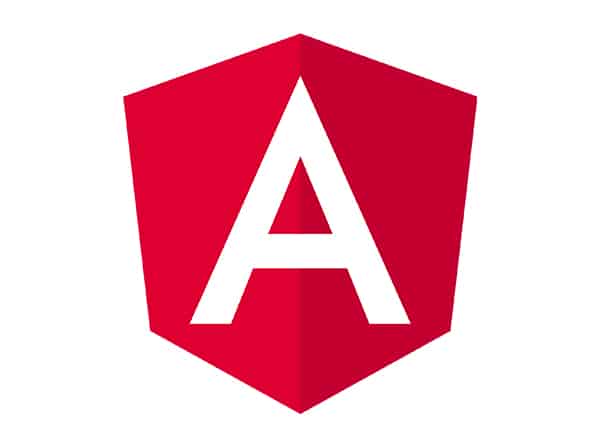Angular Components are reusable UI elements that are used to create web applications. They are the building blocks of Angular applications. In this document, we will teach you how to use Angular Components to create reusable UI elements.
Creating Components
Creating components is a fundamental concept in Angular. To create a component, you can use the ng generate component command. This command will create a new folder with the component files. The folder will have four files:
component.ts– This file contains the logic of the component.component.html– This file contains the HTML code of the component.component.css– This file contains the CSS code of the component.component.spec.ts– This file contains the unit tests for the component.
After creating the component, you can import it into your module and use it in your application. Components are reusable, so you can use them in different parts of your application.
Data Binding
Data binding is an essential aspect of connecting data in your component with your template. There are three types of data binding: interpolation, property binding, and event binding.
- Interpolation – This is used to display data in your template. You can use {{}} to bind data to your template. Interpolation is a simple way to display data, but it has some limitations.
- Property Binding – This is used to set a property of an element in your template. You can use [] to bind a property to your template. Property binding is a powerful way to set the value of an element, and it is useful when you need to set the properties of a component dynamically.
- Event Binding – This is used to handle events in your template. You can use () to bind an event to your template. Event binding is helpful when you need to handle user events, such as clicking a button or typing in a form field.
Component Lifecycle Hooks
Component Lifecycle Hooks are methods that are called at different stages of a component’s lifecycle. There are eight hooks that you can use to perform operations at specific times during the lifecycle of a component.
- ngOnChanges – This hook is called when a bound property of the component changes. You can use this hook to perform operations when the data of the component changes.
- ngOnInit – This hook is called when the component is initialized. You can use this hook to perform operations when the component is ready to use.
- ngDoCheck – This hook is called when the component is checked for changes. You can use this hook to perform operations when the component data changes.
- ngAfterContentInit – This hook is called after the content of the component has been initialized. You can use this hook to perform operations after the content of the component has been initialized.
- ngAfterContentChecked – This hook is called after the content of the component has been checked for changes. You can use this hook to perform operations after the content of the component has been checked for changes.
- ngAfterViewInit – This hook is called after the component’s view has been initialized. You can use this hook to perform operations after the view of the component has been initialized.
- ngAfterViewChecked – This hook is called after the component’s view has been checked for changes. You can use this hook to perform operations after the view of the component has been checked for changes.
- ngOnDestroy – This hook is called just before the component is destroyed. You can use this hook to perform operations just before the component is destroyed.
Conclusion
In this document, we have covered how to create Angular Components, how to use Data Binding to connect your component with your template, and how to use Component Lifecycle Hooks. By using these concepts, you can create reusable UI elements that will make your web applications more efficient and easier to maintain. Components are a powerful feature of Angular, and they can help you build complex web applications with ease.




